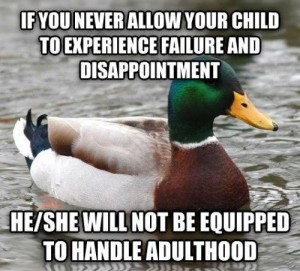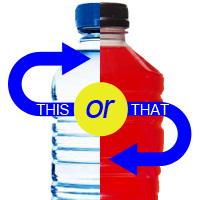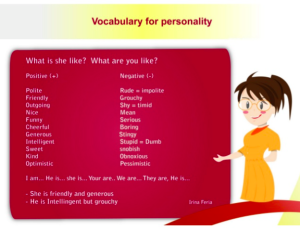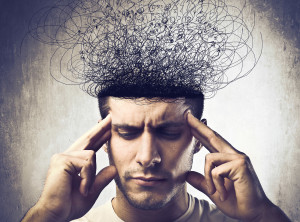You wake up at 3 am in a cold sweat panic because of your everlasting nightmare. Eventually you fall asleep again after you realize it was only just a dream, and wake up the next morning and continue on in your everyday life. But have you ever stopped and wondered if your dream carried further significance? Or whether your dream was trying to communicate that there was a current problem you’ve been putting off for quite some time now? Dreams hold tremendous messages within themselves, and actually carry a much greater meaning than we’d think.
Although most people may not realize, there is indeed a further meaning behind dreams and a lot of psychoanalysis that can be done after digging further in. According to a Times article written by Francine Russo, Roger Harnish, a Psychology professor at Roger Williams University states that,“…many of our dreams appear to be about our unfinished business, particularly our emotionally unfinished business. Knowing what our unfinished business is can allow us to better understand and conduct our lives” (Russo 1). I find this the most intriguing as I look back on lastnight’s dream when I had completed all of my assignments including all blog posts for this weeks agenda. Ha! I wish. But seriously, behind every dream, there lies reason. Human Psyche and Dream Analyst Carl Jung tells “…dreams were more than an expression of repressed wishes. {Jung} suggested that dreams revealed both the personal and collective unconscious and believed that dreams serve to compensate for parts of the psyche that are underdeveloped in waking life” (Dream Interpretation- What do Dreams Mean? 1). To put that in more simple terms, our mind is made of an unconscious… Our unconscious mind “…include{s} thought processes, memory, affect, and motivation” (Wikipedia 1). When we go to sleep, our unconscious mind takes over. Our unconscious is known as “the inner child” within our bodies, who knows us better than we may in fact think we do (Dream Interpretation- The basis of Dream Analysis…Turner 1).
Lets take a closer look. Do you ever find yourself falling in a dream and waking up to the shake of your body only to find out your still under your cozy blankets in bed? Well, there actually is MUCH further meaning and analysis that plays into this and it all comes down to control. According to World of Lucid Dreaming, specifically an article written by dream researcher Rebecca Turner, “Flying dreams usually represent your own personal sense of power over yourself or a situation.The unconscious is taking a concept, and showing it to you masked as a dream symbol. If you are soaring up high and enjoying the landscape below, it is likely that you are in control of your life” (Turner 1). Now on the flip side, those nightmares you have falling off the empire state building or falling from the third floor all the way onto the first in the middle of the hub, communicates the opposite. You may be in a situation in which you lack control or power.
There will always be those who disagree with dream analysis and believe it to be made up, but there actually is scientific reasoning behind the unconscious, sleeping mind. And although there is a high correlation between stress and more violent dreams, it is not ideal to say that this correlation is causing this because there may be many third variables that come into play, such as sleep setting, amount of sleep the night before…etc. However, According to a Huffington Post article, A research team in Japan led by the ATR Computational Neuroscience Lab found “…That brain activity during dreaming is similar to the brain activity associated with processing visual information in a waking state. In simple terms, these results indicate that we “watch” our dreams in a manner similar to the way we perceive things visually while we’re awake. The patterns of neural activity were so similar that researchers were able to look at the brain activity they observed during their volunteers’ dreaming sleep and predict the visual content of their dreams with 75-80 percent accuracy” (Breus 1). Brain activity while sleeping mirrors the awake mind and thoughts that we as humans have. A 75-80 percent accuracy is pretty intimidating considering the amount of nightmares and falling dreams I have had in the past week while adjusting to this crazy college lifestyle!
That being said, next time you find yourself waking up in panick, try to pinpoint what the problem that lies deep under may be… Or better yet, acknowledge that flying dream and appreciate that control you may have while you have it!




 I was watching Good Morning America the other morning and was intrigued by a feature on participation trophies in kids sports. I remember when I played soccer in elementary school, our whole team would receive participation trophies at the conclusion of the season. Not many of us have kids yet, so we can think about this subject in relation to ourselves. How did receiving participation trophies (no matter how much or how little you actually participated) affect our athletic mindsets? Some parents on the side of participation trophies
I was watching Good Morning America the other morning and was intrigued by a feature on participation trophies in kids sports. I remember when I played soccer in elementary school, our whole team would receive participation trophies at the conclusion of the season. Not many of us have kids yet, so we can think about this subject in relation to ourselves. How did receiving participation trophies (no matter how much or how little you actually participated) affect our athletic mindsets? Some parents on the side of participation trophies 





 much to keep your room clean and orderly, just a little time and dedication.
much to keep your room clean and orderly, just a little time and dedication.












 According to
According to 





 , a pump, or stiletto, a heel always adds a little pep to everyone’s step. But, is this iconic fashion choice doing more harm than good? Will my body suffer later in life due to my fashion choices now?
, a pump, or stiletto, a heel always adds a little pep to everyone’s step. But, is this iconic fashion choice doing more harm than good? Will my body suffer later in life due to my fashion choices now? pposing forces cause soreness in women’s feet.
pposing forces cause soreness in women’s feet. lves, bunions, or any of the horrors caused by heels. But what happens if I decide to keep them out of my closet. I don’t wear heels everyday so my chances of experiencing these things are actually limited. Some
lves, bunions, or any of the horrors caused by heels. But what happens if I decide to keep them out of my closet. I don’t wear heels everyday so my chances of experiencing these things are actually limited. Some 




